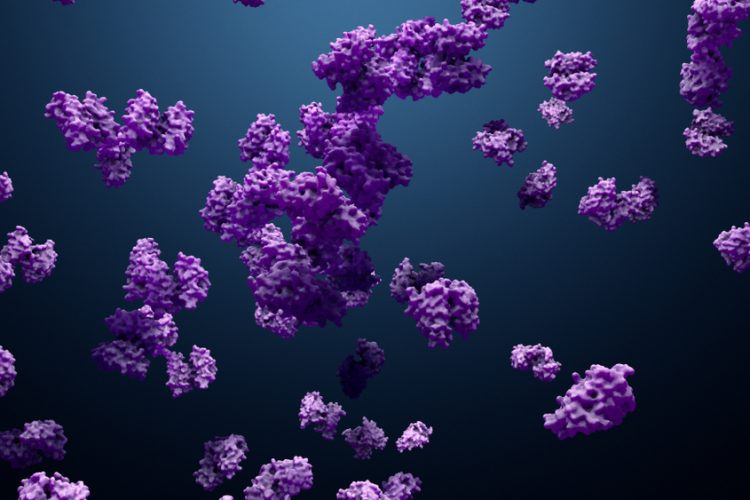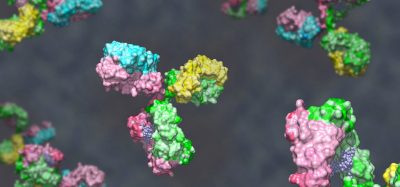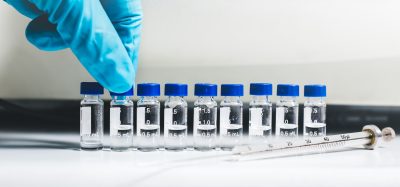Study identifies two enzymes which protect tumour cells
Posted: 20 June 2019 | Victoria Rees (Drug Target Review) | 1 comment
Researchers have found an enzyme and its counterpart which inhibit T-cells from attacking tumour cells.


A new study has discovered that a molecule involved in the defence of tumour cells has a replacement if inhibited. The findings point towards a drug target to block both molecules and encourage T-cell activity.
A key molecule involved in tumour cell and T-cell interaction is PD-1. A team of scientists at ETH Zurich and Aix-Marseille University investigated the biochemical signalling pathway of PD-1, including the enzyme SHP-2.
Using a mouse model and a mass spectrometry approach known as SWATH-MS, the team were able to target this enzyme. They isolated the PD-1 molecule and several dozen molecules that bind to PD-1. The findings showed that when SHP-2 is lacking, a related molecule called SHP-1 performs SHP-2’s role.
Biomarkers aren’t just supporting drug discovery – they’re driving it
FREE market report
From smarter trials to faster insights, this report unpacks the science, strategy and real-world impact behind the next generation of precision therapies.
What you’ll unlock:
- How biomarkers are guiding dose selection and early efficacy decisions in complex trials
- Why multi-omics, liquid biopsy and digital tools are redefining the discovery process
- What makes lab data regulatory-ready and why alignment matters from day one
Explore how biomarkers are shaping early drug development
Access the full report – it’s free!
“SHP-1 and SHP-2 can replace each other,” says Peter Blattmann, a postdoc in the group led by Matthias Gstaiger, Senior Scientist at the Institute of Molecular Systems Biology at ETH Zurich. “So it’s not enough to attack just one of these molecules – you have to target both simultaneously.”
“Investigating how T-cells transmit checkpoint molecule signals internally holds potential not only for cancer research, but also immunology in general,” Gstaiger says. “We’re dealing with molecules that activate immune cells and molecules that inhibit those cells. Like yin and yang, these molecules maintain the equilibrium in the immune system and prevent immune reactions from getting out of hand.”
Related topics
Drug Targets, Enzymes, Mass Spectrometry
Related conditions
Cancer
Related organisations
Aix-Marseille University, ETH Zurich
Related people
Matthias Gstaiger, Peter Blattmann









thanks for the information